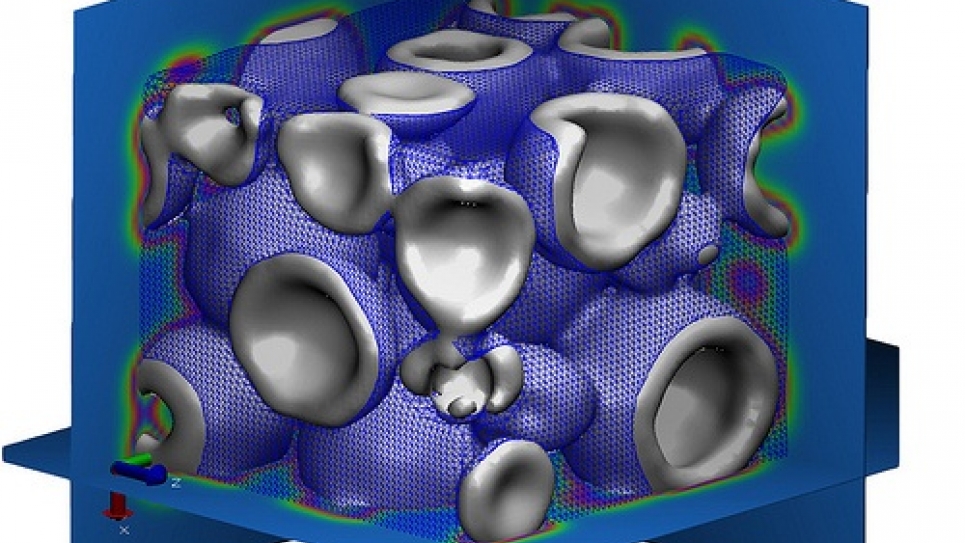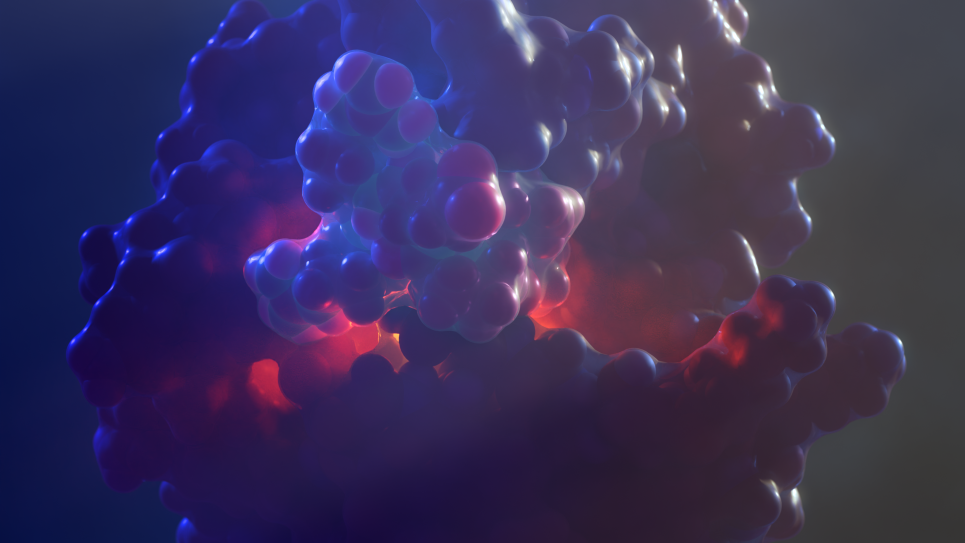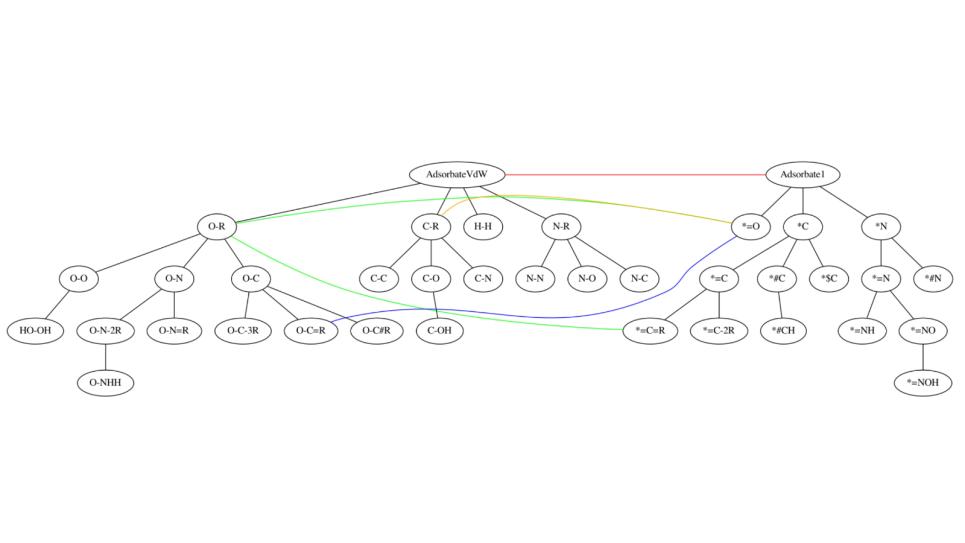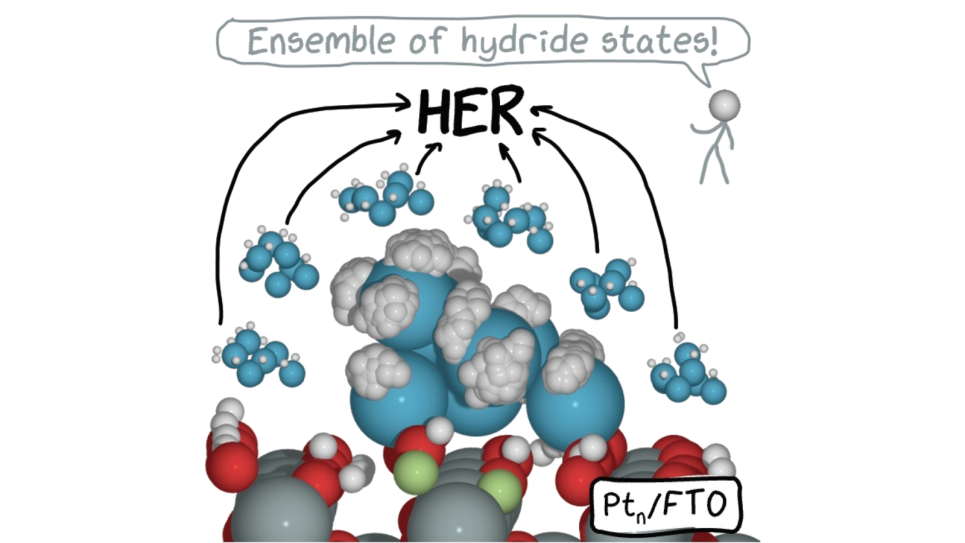
Enabling Breakthrough Innovation at P&G
Some of the world’s most well-known and highly regarded industrial companies have sought out Argonne’s computing capability and technical expertise to convert that knowledge into transformative products and technologies. Procter & Gamble (P&G), one of the 25 largest U.S. companies by revenue, is among them.
Approach
P&G researchers are using the Blue Gene/P system at the Argonne Leadership Computing Facility to investigate the molecular mechanisms of bubble formation in foams. Until recently, most knowledge of how suds form and break down was based primarily on experience and observation. However, an understanding of these processes is critical in the development of many consumer goods, foods, and fire control materials. INCITE allocations from the U.S. Department of Energy allow the researchers to perform computer simulations at an unprecedented scale on the dissolving of soap and forming of suds.
Results/Accomplishments
To date, researchers have developed coarse-grained models for two relevant surfactants. Ultimately, this work is expected to help P&G formulate products faster and more efficiently. That means the consumer wins by getting better products sooner, and at better value, than would have been possible using traditional methods.
Future Efforts
Researchers are currently applying multiscale modeling methods to understand the solution and interfacial behavior of foaming molecule mixtures. They are continuing their collaboration with the University of Pennsylvania to advance simulation methods and material understanding.


